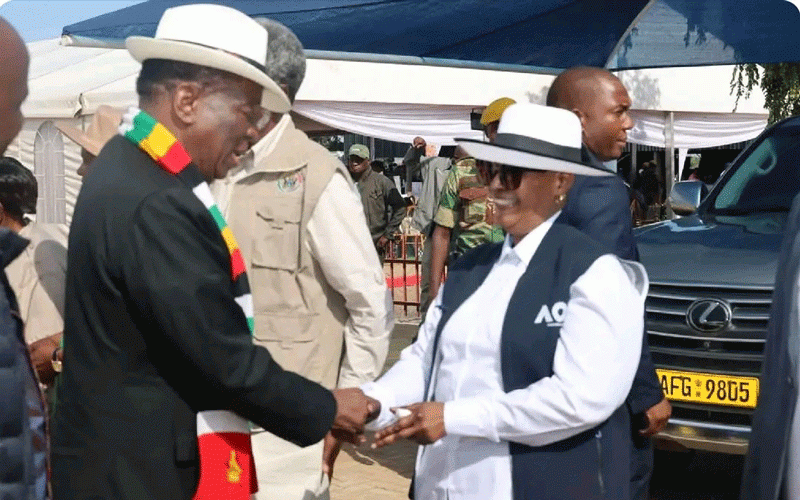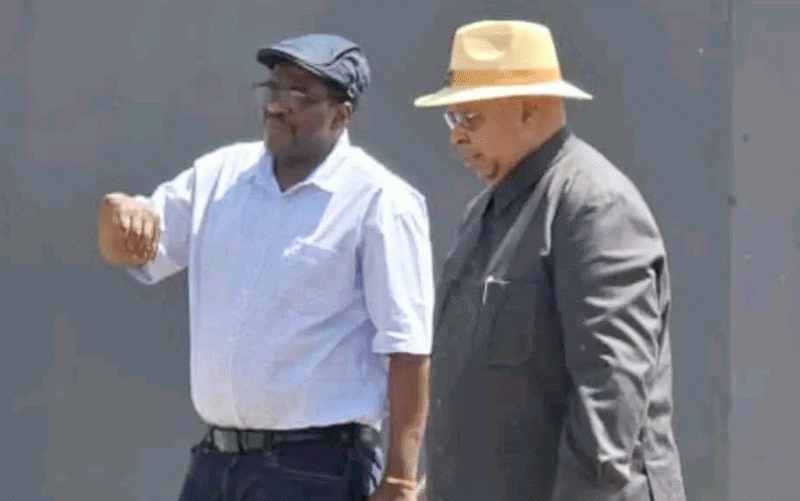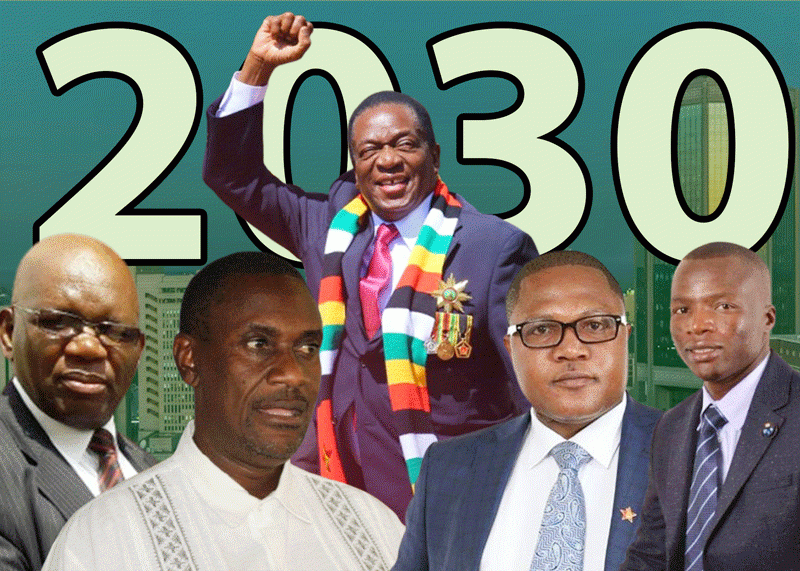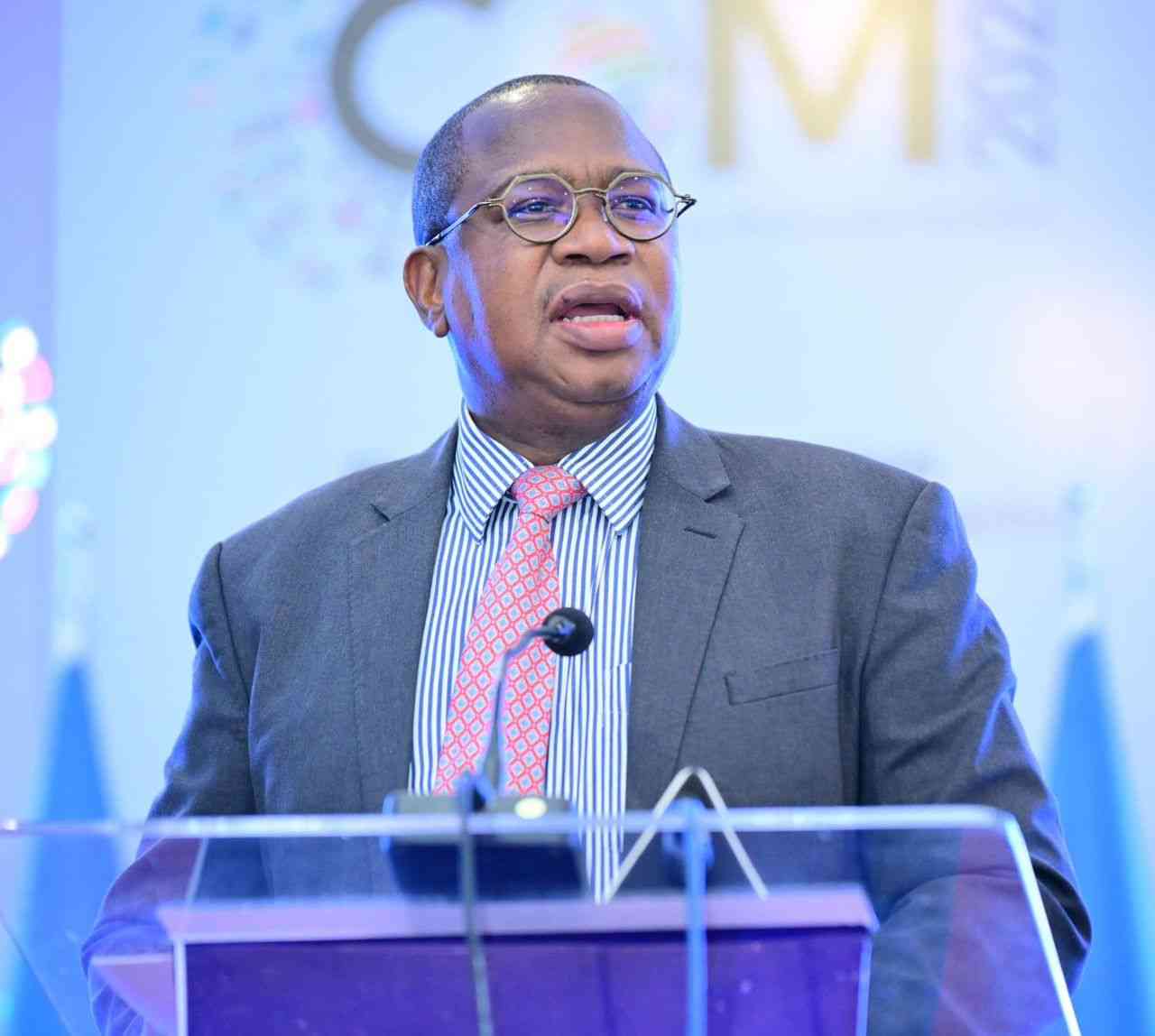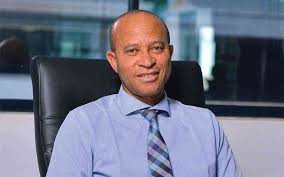THE Zimbabwe National Road Administration (Zinara) has tightened its screws on companies contracted by the government to rehabilitate national roads after some companies were blamed for substandard work.
The developments come after an outcry against private companies over shoddy work after some of the rehabilitated roads developed potholes within a few months.
Government rolled out the Emergency Road Rehabilitation Programme (ERRP) in 2021 after President Emmerson Mnangagwa declared the country’s roads a national disaster.
Under ERRP, the government is targeting to rehabilitate 10 000 kilometres of roads countrywide, but mainly urban and trunk roads.
However, there is concern over shoddy work by some contractors, with the government threatening to blacklist them.
Zinara chief executive officer Nkosinathi Ncube told the Zimbabwe Independent that the road administrator will not pay contractors that fail to meet the required standards and specifications.
“After a road authority has submitted its interim payment certificate (IPC), it invites a Zinara engineer to undertake thorough quality checks and confirm that the work was done according to the specifications laid out in the scope works,” he said.
“If the work does not meet the required standards and specifications, Zinara does not pay. This model of monitoring and evaluation of projects will go a long way in improving the quality of road works being undertaken.”
Ncube added that the parastatal has more technical capability to examine and approve road construction projects carried out by local authorities prior to the completion of drawdowns for payouts.
“Over the past year, we have increased
our technical capacity through the engagement of provincial engineers who play a critical monitoring evaluation and support role for road authorities throughout the country,” Ncube said.
“They are equipped and qualified to inspect and certify road works undertaken by road authorities before drawdowns of disbursements are done.”
The Zinara boss said the state-controlled parastatal is continually working with stakeholders to increase funding available for disbursement road authorities.
Zinara is continually working with various stakeholders to increase funding available for disbursement to road authorities.
However, Ncube also revealed that the organisation does not raise funds to build new roads.
According to him, the institution was also exploring ways to improve the value of disbursements to local authorities for them to deliver more efficiently on the ground.
He said they are also exploring disbursing value preserved disbursements in the form of fuel or even capital items such as machinery.
Zinara said the e-tolling project is currently underway whose tender process recently closed and we will soon be appointing a vendor.
“We are confident that our strategic agenda for the year is robust enough to help us to achieve our intended (goals),” Ncube said.
In January this year, our sister paper the Standard reported that the Bulawayo City Council (BCC) is set to receive a ZW$12 billion windfall from Zinara for road rehabilitation.
According to latest council minutes, Zinara has indicated that the local authority’s allocation for this year is ZW$12,1 billion, an amount which is, however, far below the ZW$117 billion the city requires for routine and periodic maintenance works.
“The city intend(s) to use 30% of the allocation, ZW$3 637 287 936,08 for routine maintenance and ZW$8 487 005 184,21 for periodic maintenance. The routine maintenance works would comprise of pothole patching, localised pavement reconstruction works, signage, road markings and street lighting repairs city wide, while periodic maintenance would include reconstruction works on Wellington road, Murchinson Road and Luveve 5 roads,” the minutes read.
The council noted that priority roads needing urgent rehabilitation were 23,1km long and would cost an estimated US$20,6 million or ZW$117,3 billion using the central bank auction rate of US$1 to ZW$5 790, 0545 as of November 30 last year.
“Due to budgetary constraints, the city would have had the capacity to rehabilitate the top seven roads contained in the key priority roads table (10,8km) estimated to cost US$5 650,790.
“The source of funding would be Emergency Roads Rehabilitation Programme 2, council’s own revenue stream and devolution funds," the minutes state.

